Behavior Management Teaching Resources
Bring your classroom behavior management to the next level this school year with behavior management strategies and systems, classroom rules and expectations, student and classroom reward charts and more resources created by teachers for teachers like you!
This collection of teaching resources was developed by the expert teachers of Teach Starter to save teachers valuable time with printable and digital options ready to be downloaded and used — no extra prep necessary!
Just getting started with this part of your overall classroom management strategy? Jump in with this quick guide from our teacher team, including a definition of behavior management and strategies you can use in your classroom.
What Is Behavior Management?
Behavior management is a proactive strategy for teachers to handle behavior in the classroom. By setting up solid student organization strategies, creating clear rules and expectations, and providing consistent feedback, teachers set students up for success.
A good behavior management strategy will give students:
- Specific expectations
- Positive reinforcement when expectations are met
- Fair and consistent consequences when expectations are not met
One of the most popular behavior management strategies these days is CHAMPS, which stands for Conversation, Help, Activity, Movement, and Participation. The goal is to provide students with an instructional structure that promotes responsibility and motivates students.
Why Is Behavior Management Important?
Strongly backed by research, behavior management strategies like CHAMPS have been shown to:
- Provide students with a sense of connection to school and their peers
- Promote a productive learning environment
- Minimize classroom disruptions
Behavior Management Strategies to Use in Your Classroom
Before we dig in too deeply, it's worth stressing that the goal of the strategies you're about to read is to accentuate the positive, that is, to keep control of the behavior in your classroom in a positive way.
We've also included a mix of strategies that will help you prevent negative behavior as well as some simple things you can do to curb unwanted behavior in the classroom.
Redirect
This technique is simple, yet effective. When you notice a child is off-task, simply move their attention from one thing to another. For example, if one student is distracting another student, you may direct their attention to the work at hand by saying you'll be over in a few minutes or simply asking that student what they are up to.
Ignore Secondary Behavior
When a child is being warned about inappropriate behavior, you may notice a secondary behavior, such as an eye roll or a delayed response to a question. This behavior is often to avoid humiliation in front of peers.
If the initial poor behavior has stopped, ignoring the secondary behavior — as long as no one is in danger and it hasn't caused additional classroom disruption! — can prevent the situation from escalating. If you feel you need to, you may opt to talk to that student one on one after the lesson to reflect on the situation (without the audience of the other students).
Plan Your Transitions
A transition in a classroom is when a student moves from one activity to another. It can be a significant change such as transitioning from gym or the cafeteria back into the classroom or a more minor change such as transitioning from time on the carpet back to their seats.
For little brains, transitions can be tricky as they need to go from an active state to a focused state ready for learning, and this is where inappropriate behavior may start to fester.
Planning for how you and your students should transition can help avoid this situation from escalating. A simple transition for the example of going from PE back to class, for example, could be to use a fun movement such as walking like a ballet dancer back to class.
Make sure to explicitly teach students what they should be doing during transitions, so they know the sort of behavior you expect!
Offer Choices
Providing a student with choice is extremely powerful! It makes them feel like they are in the power seat, when in fact, you've planned it out beautifully! When you notice inappropriate behavior, instead of issuing a demand, offer a student a choice of two options. The first choice would be the route you'd like them to take. The second is the consequence of not taking the first option.
For example, "Zane, would you like to remove yourself from the distracting spot you're sitting in, and complete your work? Or, would you like to stay with me at lunchtime to complete the work then?"
You'll find that most of the time, the student will take the better option in this scenario.
Attention Grabbing
This is similar to the "redirect'" option, but this is a strategy to use if a number of students are starting to get off task. Use some fun attention-grabbing techniques like call and response ( you can download our Attention Grabbing Phrase Cards and use those!).
You can then redirect the group's attention back to the work by providing some more information that may support them in finishing the task.
Use Positive Non-Verbal Reminders
You don't always have to use your voice for your behavior management to work. Non-verbal reminders can be equally powerful and limit the disruption to the class. Simple non-verbals like stopping what you're saying and smiling at the student who may be off task is sometimes all that is needed for some students. This lets them know you know they're off-task in a gentle way.
Another non-verbal reminder is to just lower your body down to the level of the child while you continue with the teaching, or do a simple tap on their desk as you walk past.
Set Up a Calm Corner
Little kids experience BIG emotions, and often when they are trying to deal with these big emotions, they struggle with self-regulation.
Another behavior management strategy that will work for some children is just some time away from the hustle and bustle of the classroom. If you have the space, set up a corner of the classroom for students to 'chill out.' You can fill the space with fidget toys, weighted blankets, wobble cushions, a tub of sensory toys and similar objects.
If you are noticing a student that isn't responding to the smaller behavior management strategies, 5 minutes in the chill-out corner/area may help this student.
Another idea — sending a student to another teacher with a note that says something simple such as "John needed some space." This gets the student out and about and gives them some purpose by having the very important job of delivering the note to the other teacher.
Get Them Moving
We know a student's attention span is short, and yet we expect them to sit and listen and use their brains for long periods of time ... often longer than their age allows. Ensuring you have had a lot of movement integrated into your day is a great way to limit the number of behavior situations you may encounter in a day.
It could be as simple as a "stop work and stretch at your desks" type situation, but you may be surprised by how planning these active brain breaks into your day can improve behavior in the classroom.
-

Marble Jar Reward System for the Classroom: How to Keep Things Positive
Find out how to use the marble jar reward system as a positive behavior reinforcement tool in your classroom.
-
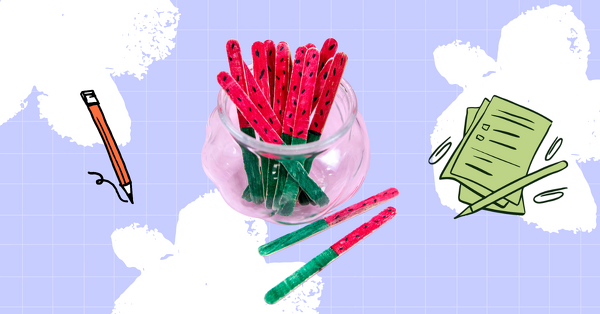
What Are Equity Sticks? How to Implement Them in Your Classroom
What are equity sticks or pick sticks? Find out if this tool is right for your classroom.
-
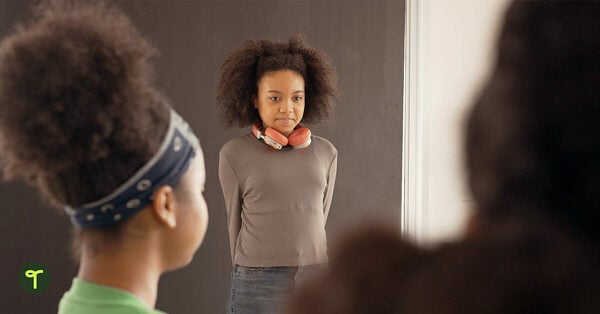
Supporting Shy Students: 10 Ways Elementary Teachers Can Help
Don't let shy students fall under the radar in your classroom. Here are some strategies you can use to support and encourage them.
-
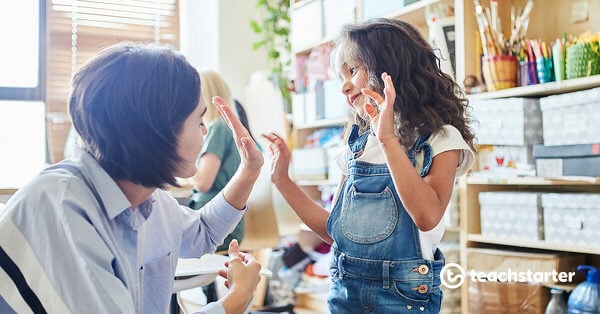
9 Creative Ways to Celebrate Student Success in Your Classroom
Celebrating Student Success is the key to motivating students, building self-esteem and creating a positive classroom culture. Find out how with these brilliant ways to make your students shine.
-

5 Secrets to Classroom Transitions That Actually Work
What are classroom transitions, and why are they important? Try these classroom transition strategies to save time during the school day!
-
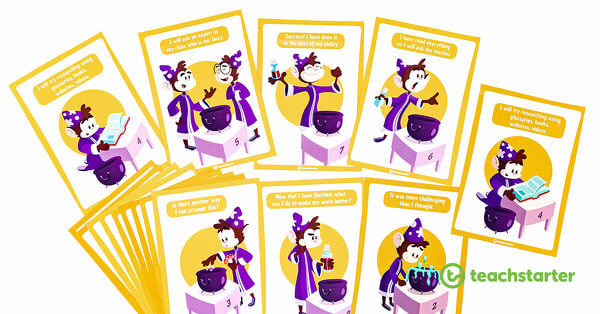
Independent Learning Strategies to Implement in Your Classroom
Learn strategies to encourage independent learning in your classroom plus get printable checklists and more teacher resources!
-
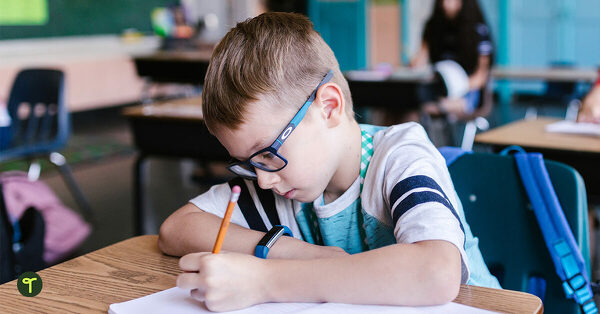
14 Ways to Improve Student Concentration That Really Work
How can you get students to focus and concentrate on the lesson at hand? Here are some research-backed tips for teachers to help students concentrate.
-
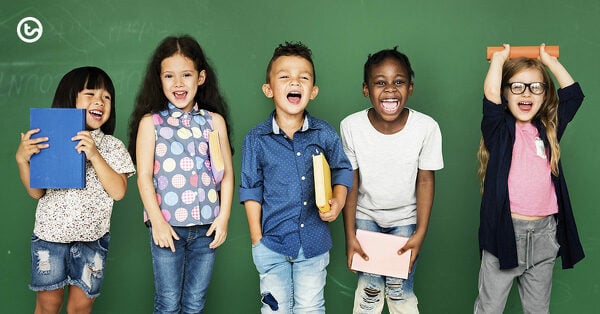
21 Easy Ways to Teach Students Organizational Skills
Are you wondering how to help your students develop their organizational skills in your classroom? These hints and tips may just help!
-
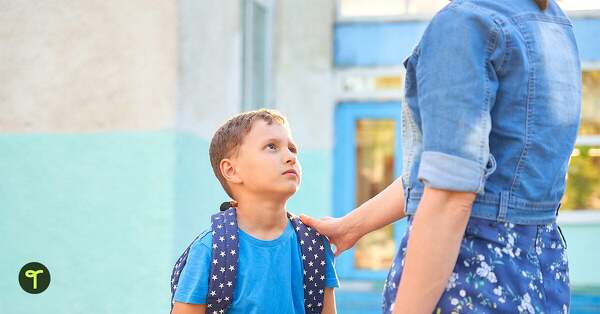
Separation Anxiety Tips for Teachers: How to Make School Drop-Off Go Smoothly
Separation anxiety at school drop-off is common for young children. Here's how teachers can help their students manage the transition.
-
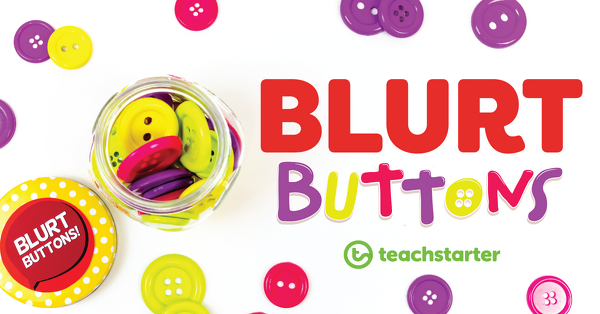
Blurt Buttons | A Fun Way to Curb Calling Out in the Classroom
Blurt Buttons are a bright, fun classroom management strategy to help curb calling out and manage impulsiveness and noise at school.
-
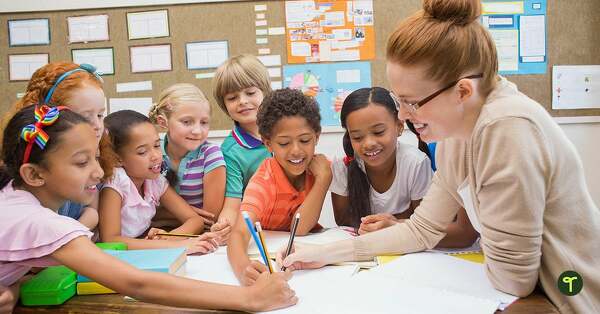
19 First Day of School Ideas + Printables for Teachers!
Explore these fun first day of school activities and printables teachers can use for an easy transition back to the classroom.
-
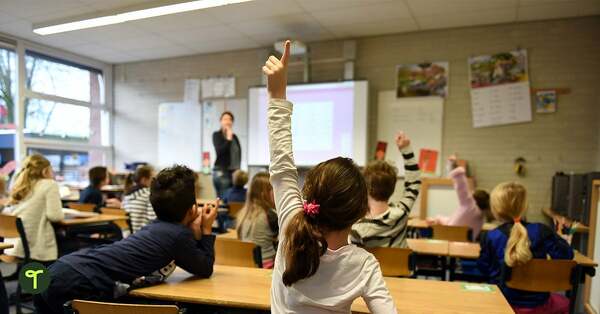
How to Create a Student-Led Classroom Social Contract in Elementary School
Learn how to create a classroom social contract that's truly got student buy-in and will enhance your classroom management.